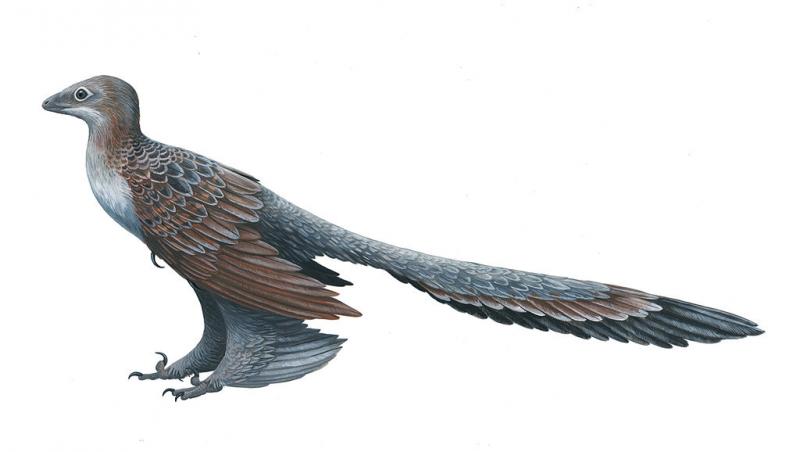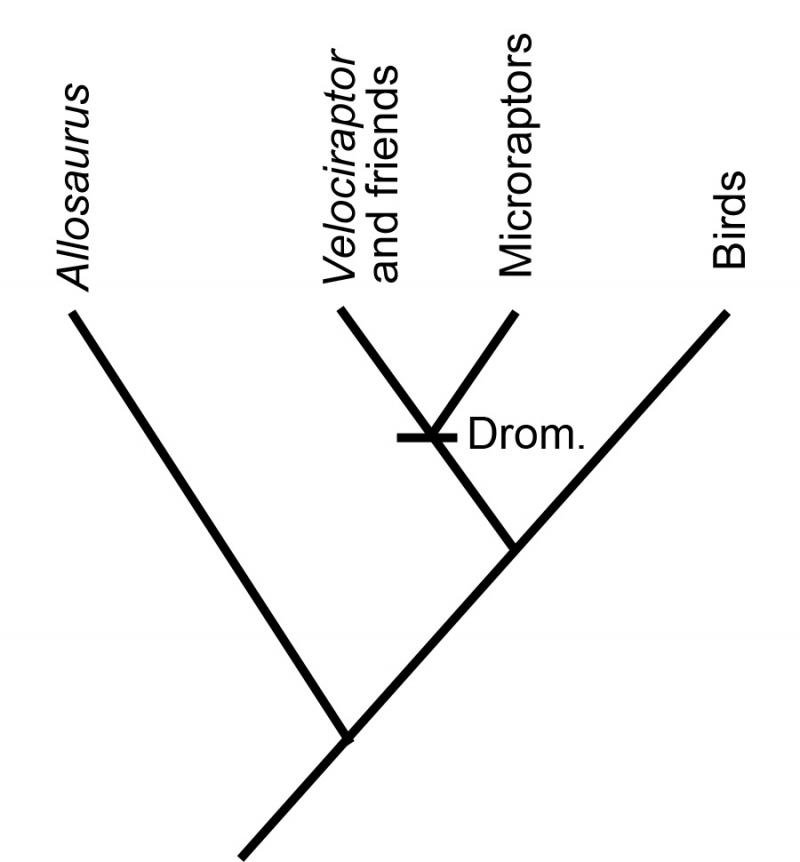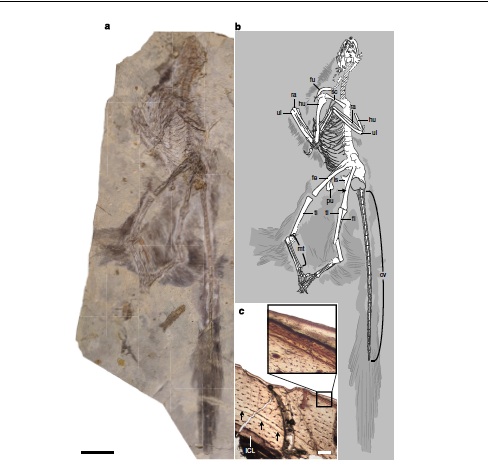Here we go again…
Fossil suggests flight was common among bird-like dinosaurs
Tail feathers suggest new dinosaur may have taken flight
Dinosaurs could fly before birds?
That’s no bird: This "four-winged" dinosaur looked like an airplane
Don’t get me wrong; I love it when fossils make the news. Paleontology is my first intellectual love—frustrating, illuminating, amazing, and did I mention frustrating? Seriously, you don’t know frustration until you spend weeks chipping sandstone away from a rock, grain by grain under a microscope. It’s excruciating. If I ever meet Steven Spielberg, I’m going to give him a piece of my mind regarding that Jurassic Park scene where the scientists, like, blow gently and expose a perfectly preserved dinosaur. If only! But I digress…
So, yes, paleontology in the news is fabulous, but because the news is in the business of gaining eyeballs and paying bills, they always seem to resort to overblown claims of the-next-big-thing. That in and of itself isn’t a problem—new fossils do tend to lead to new insights, especially in vertebrate paleontology where quality fossils are rare finds. The problem I see is that if every headline carries claims of a groundbreaking revolutionary discovery, it can be easy to either shrug and think “Another one?” or, worse, to conclude “Jeez, paleontologists don’t know anything.” Neither position is great.
So how should we react to discoveries like that of the four-winged long-tailed Changyuraptor yangi, and even better, how can we integrate them into our teaching?
 If you are an elementary or middle school teacher, you can bring in the artists’ renditions of these new discoveries to drum up excitement among their students, already predisposed to get excited about such things. You could explain that scientists are finding out more and more about the types of life that came before people, and use it as a jumping off point for basic explanations of Earth’s biological history. Elementary-aged children already accept that there were once things on this planet that aren’t here now—so go beyond standard-issue dinosaurs to help them see that this catalogue of “past life” is an ever-growing one, and that we need scientists to keep making discoveries to help us learn more.
If you are an elementary or middle school teacher, you can bring in the artists’ renditions of these new discoveries to drum up excitement among their students, already predisposed to get excited about such things. You could explain that scientists are finding out more and more about the types of life that came before people, and use it as a jumping off point for basic explanations of Earth’s biological history. Elementary-aged children already accept that there were once things on this planet that aren’t here now—so go beyond standard-issue dinosaurs to help them see that this catalogue of “past life” is an ever-growing one, and that we need scientists to keep making discoveries to help us learn more.
If you’re a high school teacher, you can use new fossil discoveries to help illustrate common descent and “tree-thinking.” Take this new four-winged dinosaur—where does it fit in? Use the detailed phylogenetic tree from the Nature paper to help you draw a simpler one. Something like this:
You can use the tree to explain that while “new guy” (scientific names can be intimidating) is super exciting, he falls into a group we already knew about, the microraptors, which are themselves part of a group of dinosaurs known as dromaeosaurids ("Drom.")—the group to which the famous (but actually pretty small, not to mentioned feathered) Velociraptor belongs.

So why is “new guy” worth learning about? Well, it’s like knowing about cows, sheep, and deer and then discovering a goat. The new discovery doesn’t blow apart everything you know about cud-chewing ruminants, but it adds new detail. The details that “new guy” adds are its very long tail feathers and its size—Changyuraptor is the largest four-winged dinosaur that has been discovered so far (about 1.3 m long and 4 kg in mass).
Did this “new guy” fly like the headlines suggest? That depends on the definition of “fly.” The authors of the paper describing Changyuraptor are careful not to make a definitive claim about whether or not it was capable of powered bird-like flight and not just gliding. The lead author on the study was willing to say that “if you pushed [it] out of a tree, [it’d] fall pretty slowly.” See? Paleontologists can be funny!
Back to the tree—in class, you can use the simplified diagram to check on your students’ ability to “read” phylogenetic trees. Ask what the intersections of lines (nodes) represent (A: common ancestors). Ask which group is most closely related to the microraprors (A: Velociraptor’s group) and whether dromaeosaurids like our “new guy” are more closely related to birds or to Allosaurus’ group (A: birds). Also ask how we know those answers by looking at the diagram? (A: The vertical axis represents “time” in this style of diagram, so the higher up the node, the more recent the common ancestor of the groups).
And as ever with trees, check that they don’t fall into the nasty misconception trap and think that dromaeosaurids turned into birds! Dromaeosaurids are closely related to birds—they’re the sister group, in fact—but they’re not birds. The common ancestor of dromaeosaurids and birds was neither bird nor dromaeosaurid and both groups evolved independently and for equal amounts of time…right up until dromaeosaurids went extinct, along with all other non-avian dinosaurs, about 65 million years ago.

